Features > Property Education > Buying Guides
The Essential Guide to Buying Your First Home in Australia

Many Australians aspire to own their own home, mostly for the purpose of wealth generation.
But it can be a confusing process, leaving first home buyers feeling overwhelmed and out of depth.
There are numbers to calculate, forms to fill out and specialists to call - but what comes first and where do we start?
There’s no official manual for buying your first home, but this step by step guide should help eliminate some of the confusion.
Here are the basic steps to buying your first home.
1. Save a deposit
This is possibly the trickiest part in the quest for home ownership - saving enough money for a house deposit.
House deposits are usually 20 percent of the value of a home - any less and you might have to pay lenders mortgage insurance.
Some first home buyers might shudder at the thought of handing over $100,000 of hard earned savings, but the return on investment can make it incredibly worthwhile.
A deposit of $100,000 paid for a home worth $500,000 could garner the home owners some valuable returns.
If a home appreciates in value at an annual rate of 5.4 percent - the national average over the past 30 years according to CoreLogic - in 15 years the property would be worth $1.1 million.
So that initial $100,000 deposit will have allowed the homeowners to generate almost $600,000 worth of profit in a 15 year period, on the one property.
Saving a deposit can be a daunting task, but it’s a necessity to secure a home loan.
Unless of course, you take advantage of the government’s First Home Guarantee, or newly announced Help to Buy scheme that’s set to begin in July next year.
2. Gain pre-approval
After saving a deposit (or during) it’s time to speak to a mortgage broker. They can let you know how much you’ll be eligible to borrow, who the best lender might be for your individual situation, and what the next steps are.
If you’re not ready to apply for pre-approval yet, they’ll be able to create an action plan with you, to get you in the best position for finance approval.
Then they’ll go through the application process with you, and let you know when pre-approval is granted. With this, it’s time to hunt for a house or apartment within your price range.
3. Hunt for a house (or unit)
After being granted pre-approval, the fun part finally begins!
House hunting with pre-approval can give home buyers a boost of confidence and guidance, making the house hunting process far less stressful.
Be sure to get clear on your objectives for the property first - will it be your primary place of residence or will the home act as an investment property?
Then it’s important to make a list of the features you’re looking for in a home - make a non-negotiable list and then a list of additional ‘wants’.
This will help you to determine which property is a smart buy, rather than relying too heavily on emotion.
4. Negotiate
You’ve finally found your ideal property - now it’s time to negotiate.
Negotiating can be an uncomfortable process for some, and that’s why buyers often engage a buyers agent.
It’s important to maintain professionalism in the negotiation process, and remember to stick to your pre-approved budget.
Thoroughly research comparable properties in the same area, so you have a good understanding of what the specific property is worth. Without research, you’re essentially going in blind.
Be careful not to succumb to emotion during negotiations, and only offer what you can afford, and what the property is worth.
5. Engage a conveyancer
Conveyancers are legal professionals who specialise in the matter of property settlements.
They can provide you advice on the process, make amendments to contracts, provide legal advice to protect you as the property purchaser, and often provide referrals to other professionals.
They also do most of the liaising with the other parties involved.
As a first home buyer, engaging a well-recommended conveyancer can make a world of difference in your purchasing experience.
Conveyancers can cost anywhere from $500 to $1500, but their advice is a worthy investment.
6. Get pest and building inspections
This is an imperative part of the process that should never be overlooked. Ensuring your contract has a pest and building clause is also important - but should be taken care of by the conveyancer.
Getting a pest and building inspection is the only way to know if you are purchasing a high quality, well maintained property, or if the dwelling has underlying issues.
Pest and building defects can be extremely costly, but a pest and building inspection can determine if there are any major faults to be aware of.
And if there are, it will be up to your own discretion to go forward with the property purchase, or opt out.
7. Settlement - pop the champagne!
After the mortgage broker, conveyancer, and pest and building professionals have all played their roles, it’s time to enter into the settlement period.
Settlement periods are usually anywhere from 30 up to 90 days, and will be stated in your contract.
When the settlement date rolls around, it's time to collect the keys and pop the champagne!
Stay Up to Date
with the Latest Australian Property News, Insights & Education.




.png?width=292&height=292&name=Copy%20Link%20(1).png)
 SIGN UP FOR FREE NEWSLETTER
SIGN UP FOR FREE NEWSLETTER
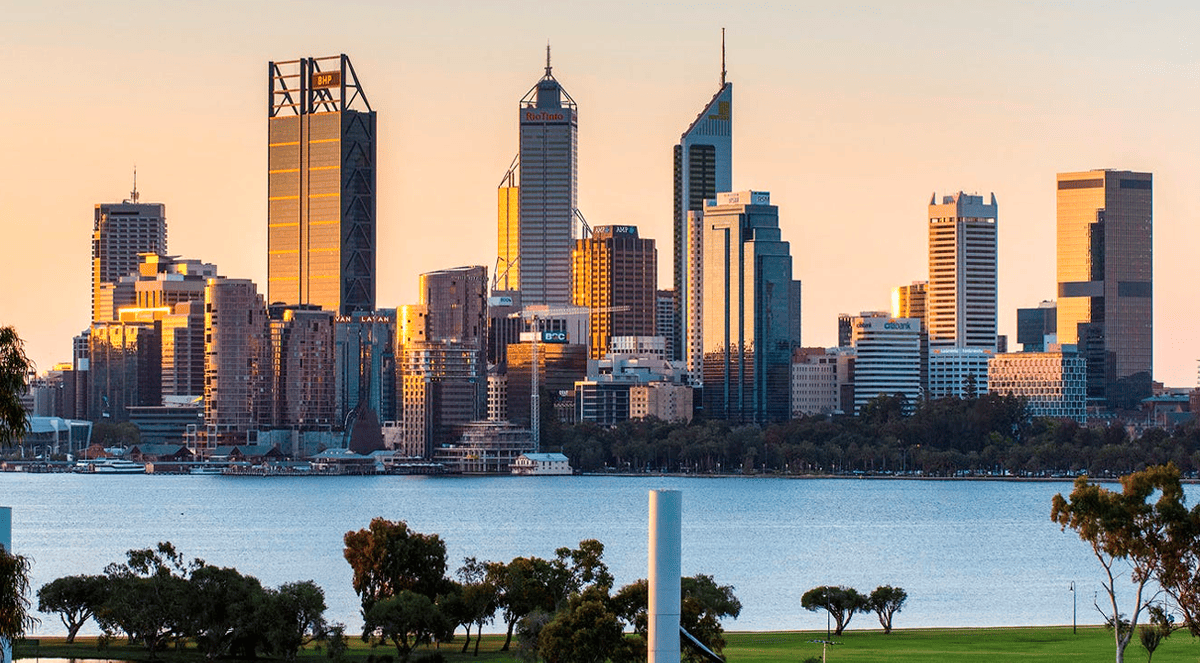
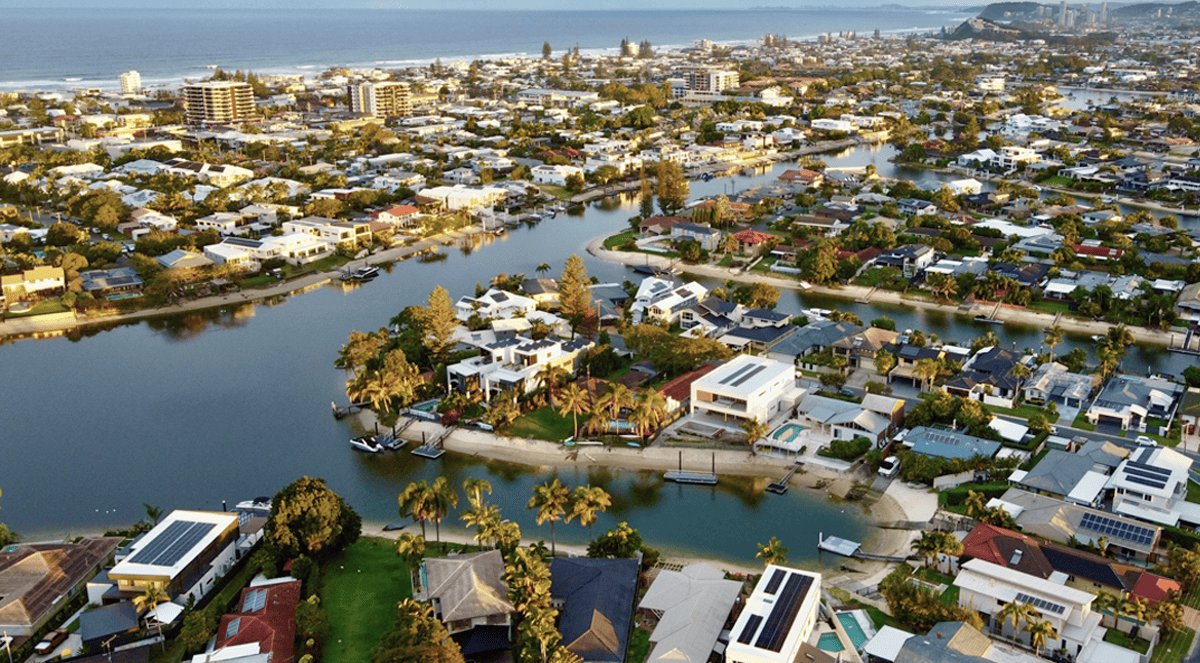
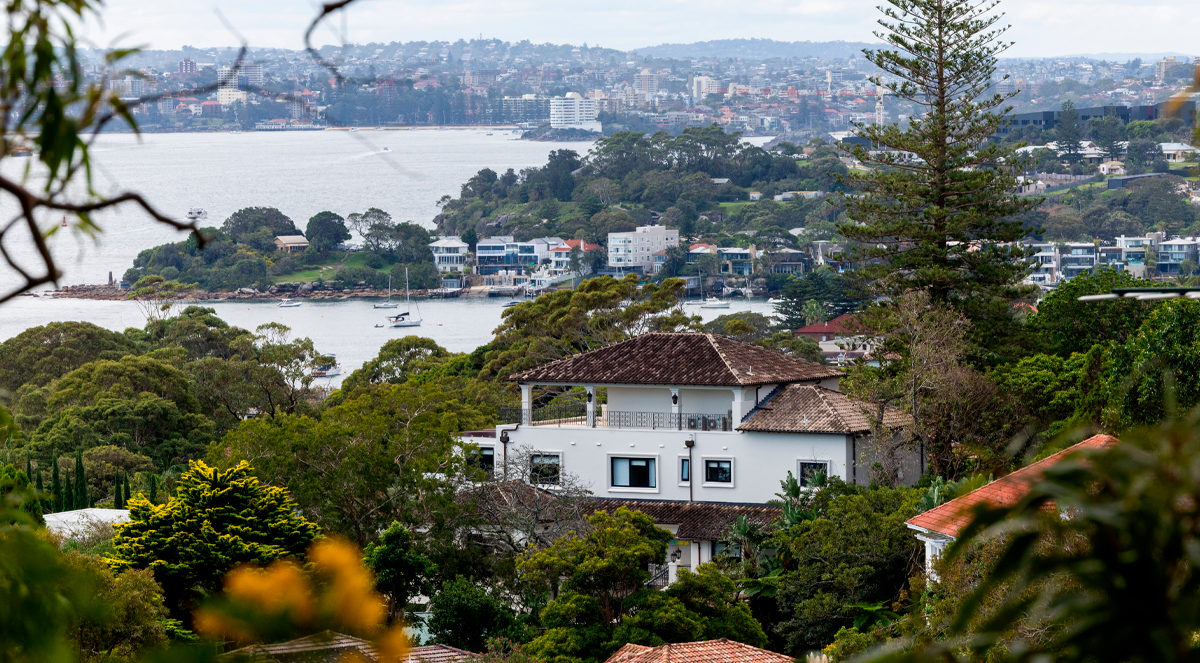
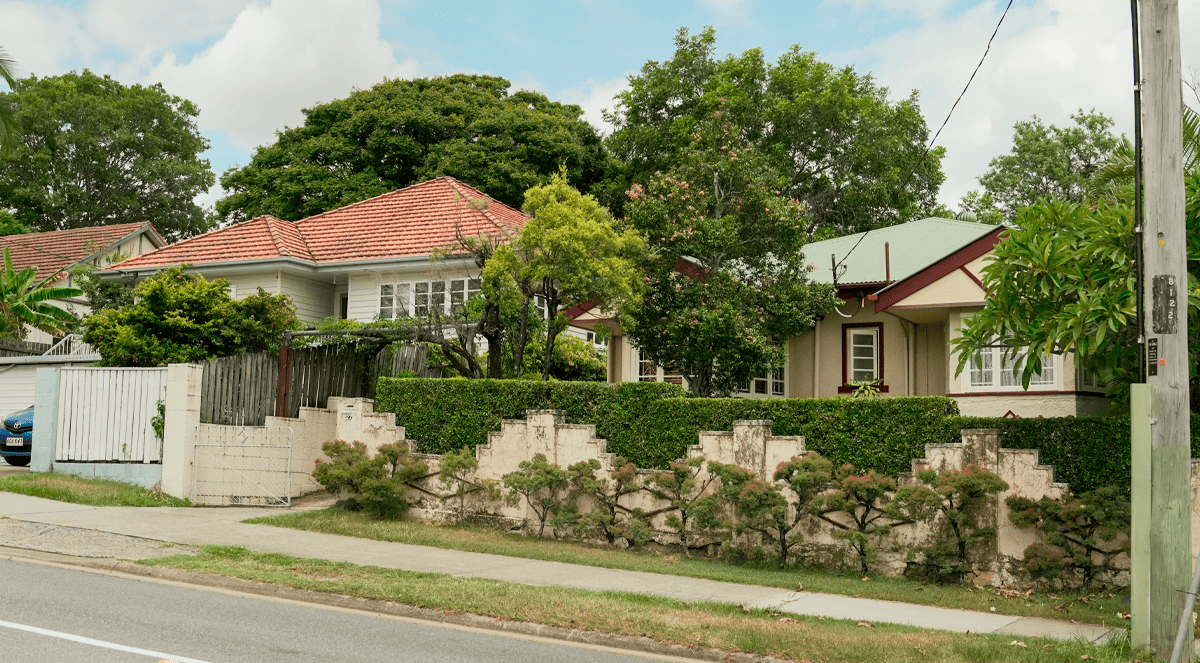
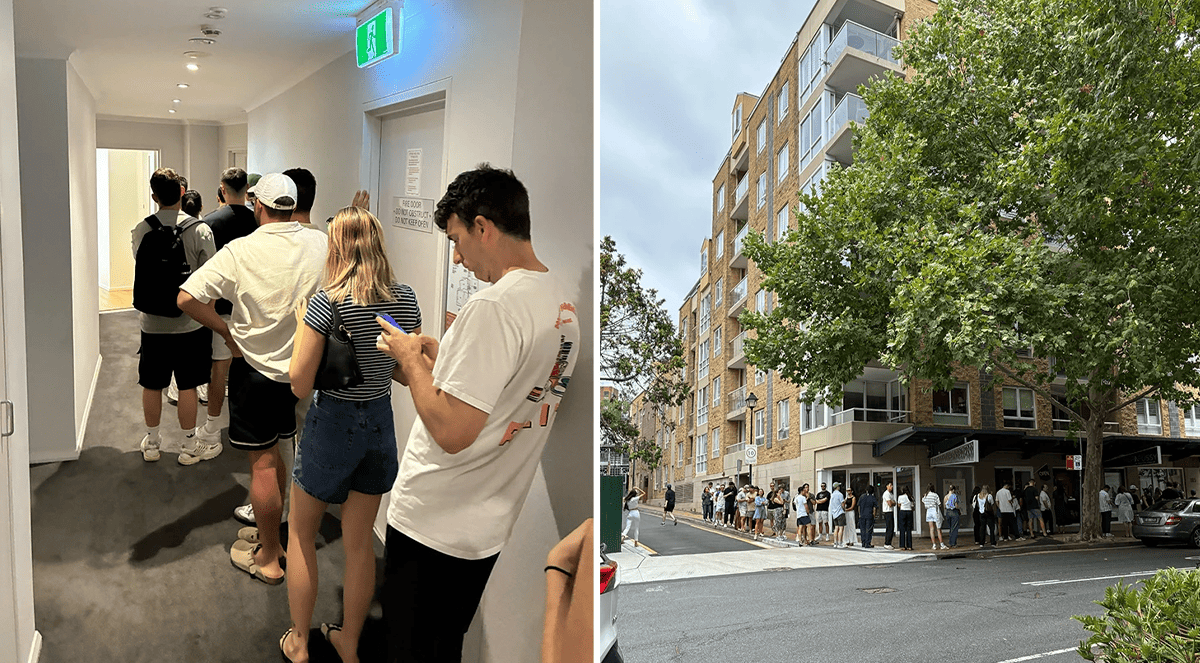
.jpg?width=1920&height=1080&name=Warning%2c%20You%20Might%20Be%20Facing%20Higher%20Taxes%20Soon%20(1).jpg)





.png?width=1920&height=1080&name=Rate%20Drops%20Signal%20BIGGEST%20Property%20Boom%20in%20DECADES%20(1).png)

.jpg?width=1920&height=1080&name=Labor%20vs%20Liberal%20These%20Housing%20Policies%20Could%20Change%20the%20Property%20Market%20Forever%20(1).jpg)
.jpg?width=1920&height=1080&name=QLD%20Slashes%20Stamp%20Duty%20Big%20News%20for%20Investors%20%26%20Home%20Buyers%20(1).jpg)
.jpg?width=1920&height=1080&name=Trump%20Just%20Slapped%20Tariffs%20%E2%80%93%20Here%E2%80%99s%20What%20It%20Means%20for%20Australia%20(1).jpg)
.jpg?width=1920&height=1080&name=Federal%20Budget%202025%20More%20Debt%2c%20No%20Housing%20%E2%80%93%20Here%E2%80%99s%20What%20You%20Need%20to%20Know%20(1).jpg)
.jpg?width=1920&height=1080&name=Australias%20Housing%20Crisis%20is%20about%20to%20get%20MUCH%20Worse%20(New%20Data%20Warns).jpg)
%20(1).jpg?width=1920&height=1080&name=Australias%20RENTAL%20CRISIS%20Hits%20ROCK%20BOTTOM!%20(2025%20Update)%20(1).jpg)
%20(1).png?width=1920&height=1080&name=Is%20Adelaide%20Still%20a%20Good%20Property%20Investment%20(2025%20UPDATE)%20(1).png)
.jpg?width=1920&height=1080&name=RBA%20Shocks%20with%20Rate%20Cuts!%20What%E2%80%99s%20Next%20for%20Property%20Investors%20(1).jpg)
%20(1).jpg?width=1920&height=1080&name=I%20Predict%20The%20Feb%20Rate%20Cut%20(My%20Price%20Growth%20Prediction)%20(1).jpg)
.png?width=1920&height=1080&name=Why%20Property%20Prices%20Will%20Rise%20in%202025%20Market%20Predictions%20(1).png)
.jpg?width=1920&height=1080&name=Why%20Investors%20Are%20Choosing%20Apartments%20Over%20Houses%202%20(1).jpg)
.jpg?width=1920&height=1080&name=Why%20Rate%20Cuts%20Will%20Trigger%20A%20Property%20Boom%20(1).jpg)
.jpg?width=1920&height=1080&name=Retire%20On%202Million%20With%20One%20Property%20(Using%20SMSF).jpg)
.jpg?width=1920&height=1080&name=4%20Reasons%20Why%20You%20Should%20Invest%20in%20Melbourne%20Now%20(1).jpg)
%20(1).jpg?width=1920&height=1080&name=Old%20Property%20vs%20New%20Property%20(Facts%20and%20Figures%20Revealed)%20(1).jpg)
%20(1).jpg?width=1920&height=1080&name=Will%20The%20New%20QLD%20Govt%20Create%20a%20Property%20Boom%20or%20Bust%20(My%20Prediction)%20(1).jpg)
%20Scott%20Kuru%20(1).jpg?width=1920&height=1080&name=Inflation%20Hits%20Three-Year%20Low%20(Will%20RBA%20Cut%20Rates%20Soon)%20Scott%20Kuru%20(1).jpg)
.jpg?width=1920&height=1080&name=How%20to%20Buy%20Investment%20Property%20Through%20SMSF_%20The%20Ultimate%20Guide%20(1).jpg)
.jpg?width=1920&height=1080&name=Victoria%20Slashes%20Stamp%20Duty%20Melbourne%20Set%20to%20Boom%20Scott%20Kuru%20(1).jpg)
.png?width=1571&height=861&name=Are%20Foreign%20Buyers%20Really%20Driving%20Up%20Australian%20Property%20Prices%20(1).png)
.jpg?width=1920&height=1080&name=The%20Single%20Factor%20That%20Predicts%20Property%20Growth%20Regions%20(1).jpg)
%20Scott%20Kuru%20(1).jpg?width=1920&height=1080&name=My%20Prediction%20On%20Rates%20%26%20Negative%20Gearing%20(Market%20Crash)%20Scott%20Kuru%20(1).jpg)

-1.png?width=1920&height=1080&name=Major%20Banks%20Cut%20Rates%20Will%20RBA%20Follow%20Suit%20(Sept%20Rate%20Update)-1.png)
%20Scott%20Kuru-1.png?width=1920&height=1080&name=Rate%20Cut%20Coming%20What%20New%20Zealands%20Move%20Means%20for%20Australia%20(Sept%20Prediction)%20Scott%20Kuru-1.png)
%20(1).jpg?width=1920&height=1080&name=Buy%20when%20the%20interest%20rates%20are%20high!%20(Why%20you%20must%20buy%20now!)%20(1).jpg)
.jpg?width=1920&height=1080&name=Carms_Revised%20Taxes%20Due%20Aug%209%20YT%20Thumbnail02%20(1).jpg)
.jpg?width=1920&height=1080&name=Carms_Too%20Little%20Too%20Late%20Aug%207%20YT%20Thumbnail01%20(1).jpg)









.jpg?width=1920&height=1080&name=Carms_Rate%20Drop%20In%20July%20Jun%2010%20YT%20Thumbnail02%20(1).jpg)
.jpg?width=1920&height=1080&name=Carms_Own%20a%20Property%20V6%20Jun%205_YT%20Thumbnail%20(1).jpg)









.png?width=1920&height=1080&name=Artboard%201%20(3).png)






.jpg?width=1920&height=1080&name=YT%20thumbnail%20%20(1).jpg)

